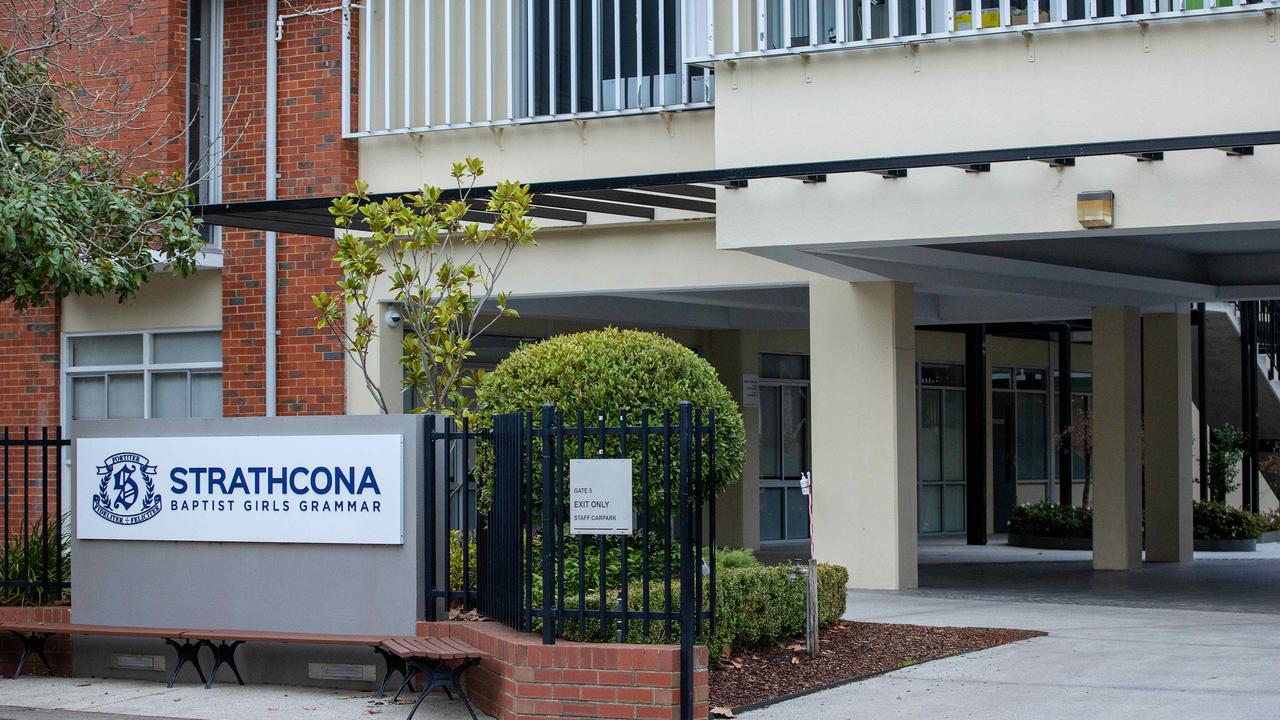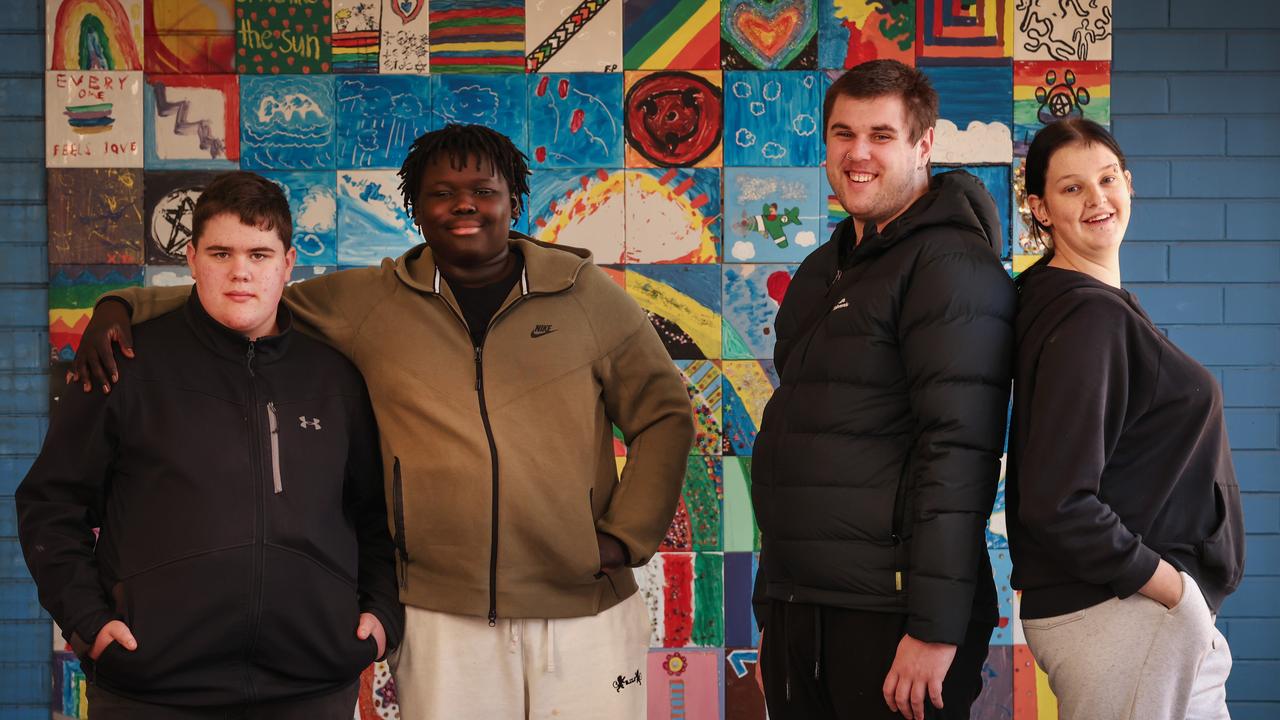Hundreds of Victorian state schools receive more money per pupil than top private schools
A small number of Victorian state schools are receiving more than $50K per student from the government and are spending more on education needs than private colleges.
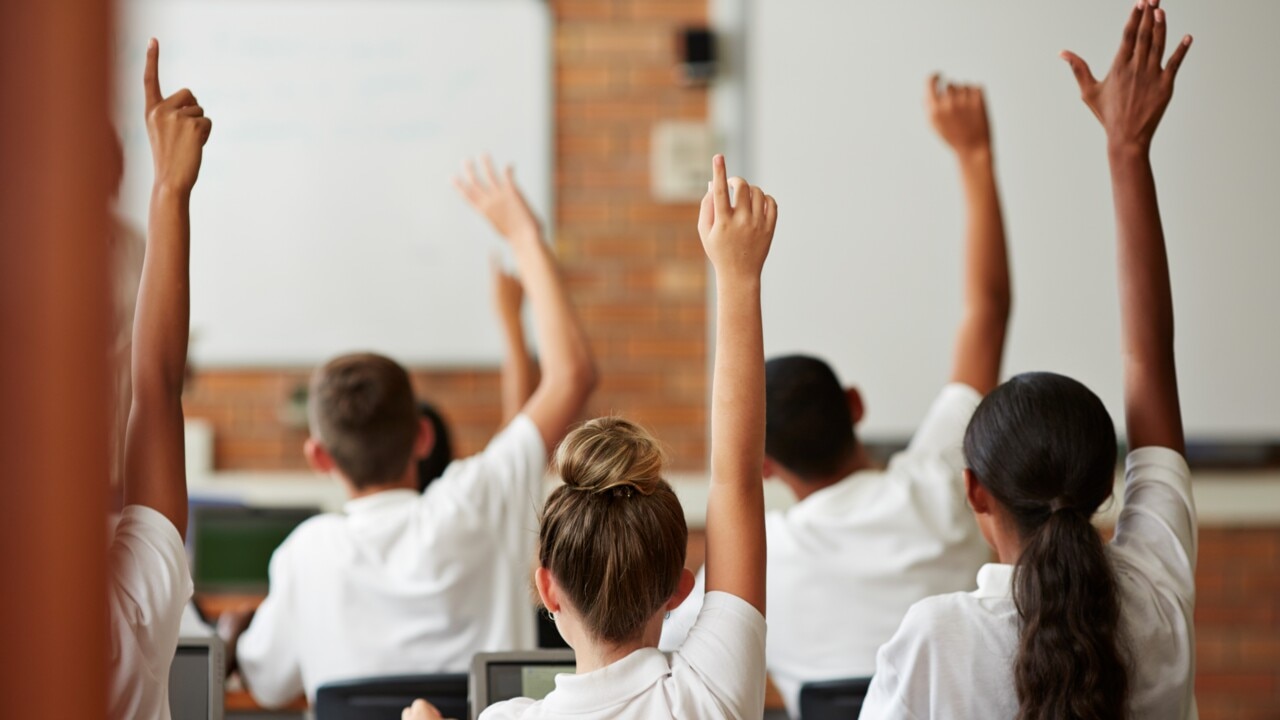
Schools Hub
Don't miss out on the headlines from Schools Hub. Followed categories will be added to My News.
A small proportion of state schools manage to buck the income trends and receive more money per student than even the top-fee private schools.
Thirty state providers receive more than $50,000 for each student. They are mostly small rural schools in areas of high disadvantage, which mean they receive additional support under the funding model. This also considers factors such as language background other than English and the number of Indigenous students.
Pupils at Ultima Primary in the state’s north had a total of $248,683 each for their educational needs in 2021, most of it coming from state and federal governments. The school near Swan Hill had just two female pupils in 2022 and two teachers.
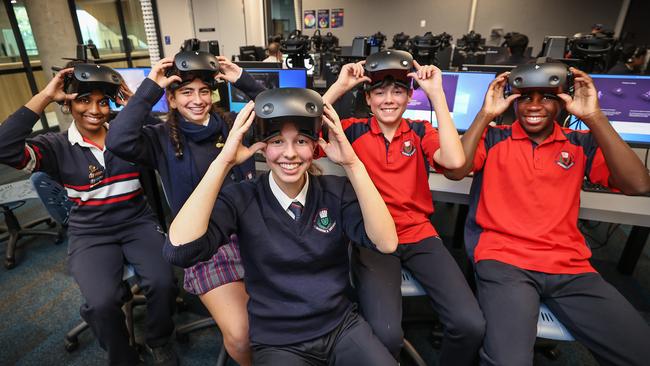
State schools with high funding allocations per student include P-12 colleges in Werrimull ($68,702 per student in 2021), Cann River ($51,877), Garoke ($50,152) and Hopetoun ($47,216).
Others include alternative education providers such as Lynall Hall Community School in Richmond, whose students received $70,039 each in 2021.
The highest-income private school per student is St Patrick’s Primary in Pyramid Hill, which has only 18 pupils. On average, each receives $50,871 a year, most of which comes from state and federal taxpayers, with less than $1000 from parents.
The next-highest private school on income per student is Christ Church Grammar, an Anglican primary in South Yarra, which receives $50,154 per student, less than $3000 of it from taxpayers.
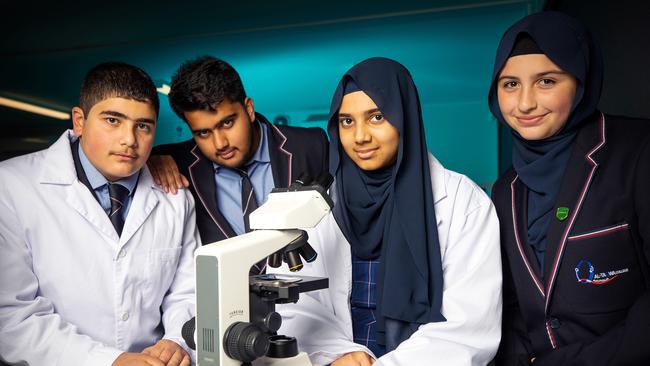
This is followed by Korowa Anglican Girls’ School on $42,759, St Mary’s School in Clarkes Hill on $42,452 and Melbourne Grammar with $41,065.
The lowest-income schools per student in 2021 were mostly metropolitan primaries such as Heidelberg Primary, which received $10,985, Merri Creek ($10,965), Derinya ($10,896) and Emerald ($10,869).
In the top 100 funded schools are 16 state schools, including McKinnon Secondary College.
McKinnon Secondary College principal Michael Kan said the school was proud of having top-notch facilities.
He said its new East Campus was a “fantastic learning environment” for years 8 and 9 students.
“What I’m most proud of is the way we strive to enable every student to discover and then pursue their passions and interests in whatever field they like and to achieve levels of excellence they didn’t think possible,” Mr Kan said.
Al-Taqwa College, an Islamic co-ed school in Hoppers Crossing, comes in at No. 42 on the top 100 list, receiving $177m over five years.
A spokesman said the college welcomed the funding support of governments.
“It helps keep our fees affordable to our diverse Islamic community, and our income is invested in making our school’s staff and facilities, and students’ education experiences the best they can possibly be,” the spokesman said.
Education Minister Natalie Hutchins said in a statement: “We’re building the Education State in Victoria – delivering world-class teachers and facilities to make sure all students thrive, no matter their background or where they live.
“Since coming into office, we’ve invested more than any government in Victorian history in our schools – increasing recurrent expenditure for government school students more than every other state and territory.
“We’ve always said we’d continue to prosecute the inequity of the Schooling Resource Standard, which sees non-government schools receive 100 per cent of Commonwealth funding the while government schools only get 95 per cent, regardless of who is Prime Minister – and that’s exactly what we’ll continue to do to give Victorian government school students the best education.”



